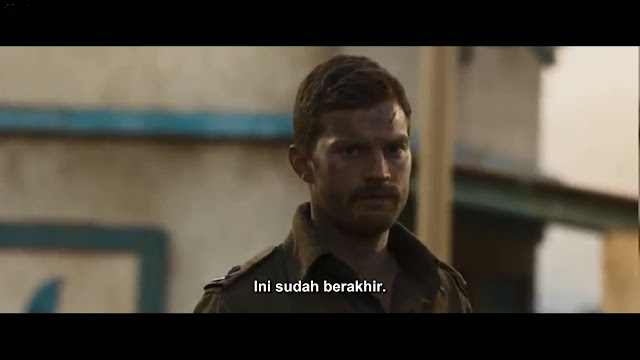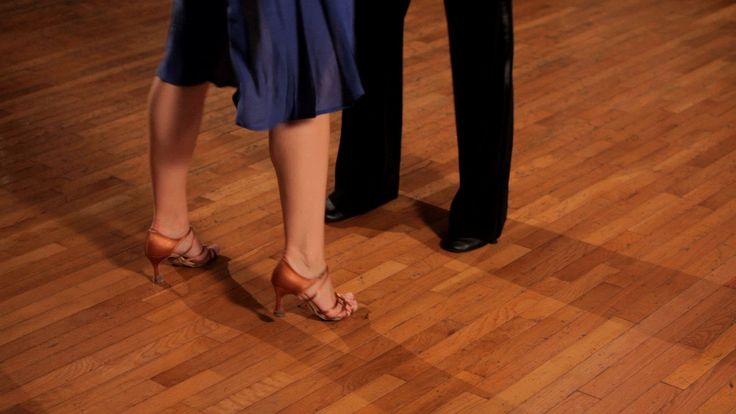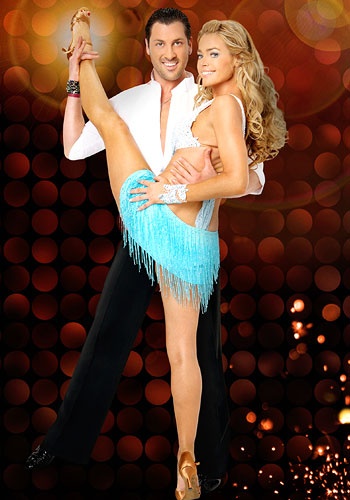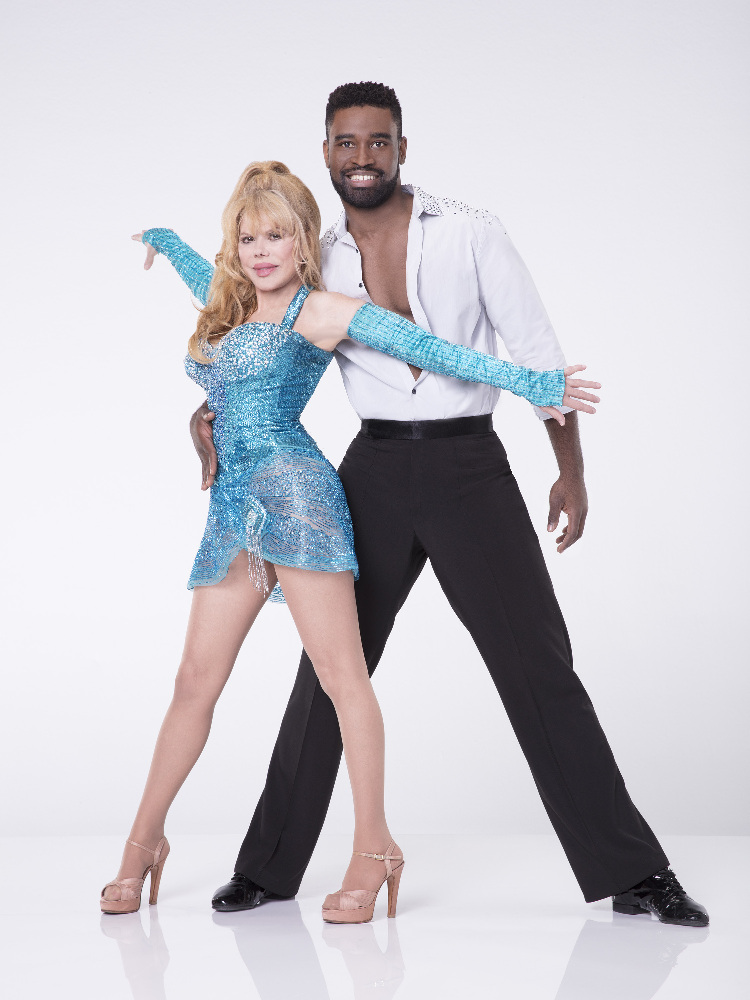How to dance the siege of ennis
Simple Ceili Dances
Simple Céilí Dances
These simplified céilí dances are designed for céilís with very large groups who have never done céilí dancing before. I show the threes, side step and swing hold to start. In a very big group chaos usually sets in when couples have to change partners, peel off or side step into the parallel dancing line. The following dances are designed to reduce confusion and keep the number of moves or figures to a bare minimum. The full versions can be introduced later when the dancers have become familiar with the basics.
Caoimhghin Ó Croidheáin
[email protected]
www.gaelart.net
Maggie in the Woods (Polka) - Fourth Figure THE CONNEMARA REEL SET
All hold hands and form circle around the room with partner on gent’s right
1 All dance in and out, repeat (8 bars)
2 Gent takes hand of lady on his left and polka at home in waltz hold (8 bars)
All form circle and repeat 1 – 2
CIRCASSIAN CIRCLE
All hold hands and form circle around the room with partner on gent’s right
1 All dance in 4 steps and out, repeat
2 Ladies dance in 4 steps, clap and out again, gents do the
same but turn to face partner as they dance out
3 All swing their partners
All form circle and repeat 1 – 3
VIRGINIA REEL
Reel. Dancers line up in lines, ladies
facing gents
1 Everyone. Each line takes hands and advances and retires twice.
2 All turn opposite partner with right elbow hook
3 All turn opposite partner with left elbow hook
4 All turn opposite partner with both hands
5 All dos-à-dos with opposite partner
Each line takes hands and repeats 1-5
WALLS OF LIMERICK (Ballaí Luimní) [2 facing 2]
Dancers line up as couples, two opposite two repeating
down the hall.
Reel, 40 Bars. The dance is repeated with a new couple each
time.
1 Everyone advance and retire twice while holding inside hands with your partner
2 Half right and left Ladies sidestep
(sevens) to the left to change places and finish facing
the opposite gent. Everyone dances two short threes.
Gents now sidestep to the right to change places and all
dance two short threes.
Everyone dances two short threes.
Gents now sidestep to the right to change places and all
dance two short threes.
3 Swing. Finish facing in same direction as original position.
Repeat 1-3 with new couple
SIEGE OF ENNIS (Ionsaí na hInse) [4 facing 4]
Dancers line up in lines of four people or two couples,
facing another line of four.
OXOX
XOXO
Repeat this formation until you fill the room. Jig, 40 Bars
1 Everyone. Each line takes hands and advances and retires twice (8bars)
2 Everyone. Swing with opposite lady or gent
3 Advance and retire like the first
movement and on the second advance the line facing the music
raises their arms and the opposite line passes under passing
right shoulders with the person opposite.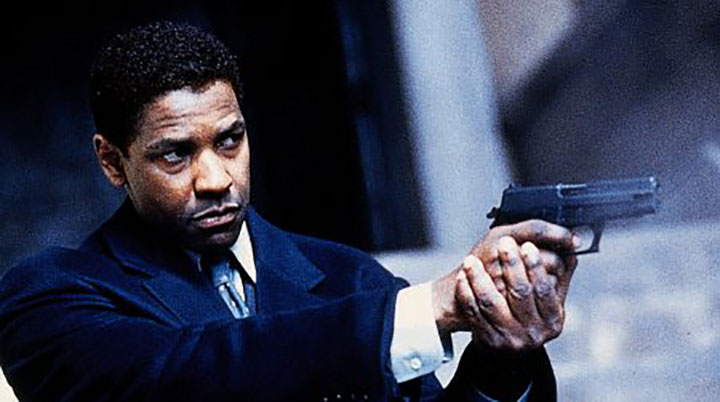
All take hands and repeat 1-3 with the new line.
THE HAYMAKERS' JIG (Baint an Fhéir) [5 facing 5]
Five couples form two lines, ladies and gents facing each other (X = gent O = lady)
O O O O O
X X X X X
1 2 3 4 5
1 Advance and retire: the lines advance and retire twice (8 bars), all dance the Rise and Grind on the R foot then the L foot (4 bars) and the lines advance and retire again (4 bars).
2 The 1st gent and 5th lady dance into the centre, half turn each other with right elbow hook and dance back to place (4 bars). The same movement is then danced by the 5th gent and 1st lady. The same couples repeat the movement but this time half turn left elbow hook (8 bars)
3 Swing: the 1st gent and 5th lady dance
into the centre, swing and dance back to place (8 bars).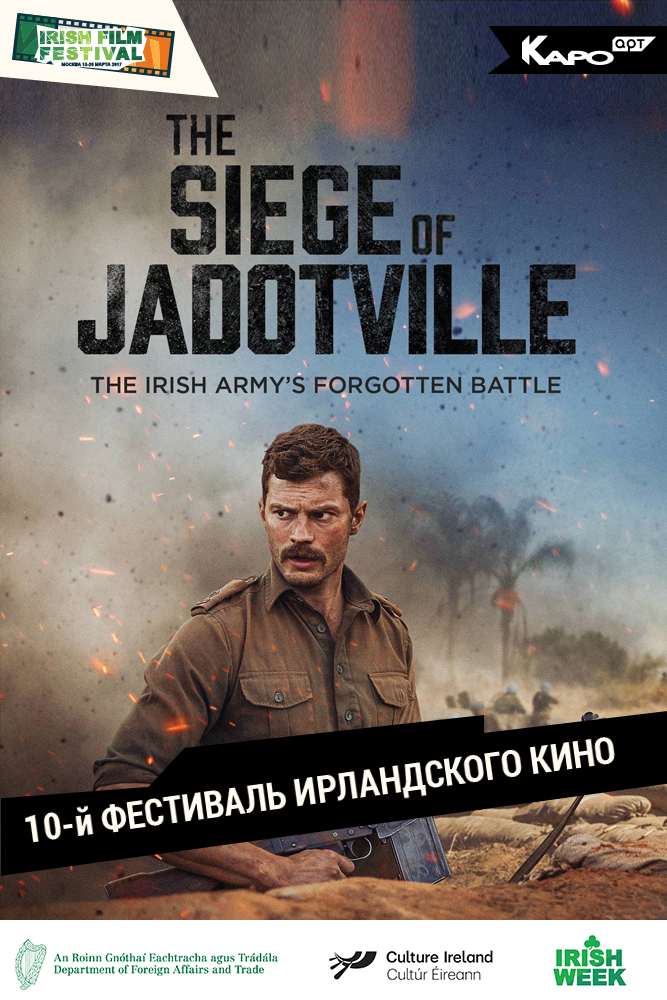 The same movement is then danced by the 5th gent and 1st
lady (8 bars)
The same movement is then danced by the 5th gent and 1st
lady (8 bars)
Each line takes hands and repeats 1-3
Grade Exams — McKeever School of Irish Dance
Register For Grade Exams By September 12 CLICK HERE
Grade exams Information Please Read
40 bars of Beginner Slip Jig danced to speed 124 (Fast) COMING SOON ☘️
STEP ONE AND TWO
STEP THREE
40 bars of Beginner Single Jig danced to speed 124 (Normal speed) COMING SOON ☘️
FIRST AND SECOND STEP
STEP THREE
40 bars of a Novice Prizewinner Level Reel danced to speed 116 (Slightly faster than Champion speed)
THREE STEPS REEL
40 bars of Beginner Treble Jig danced to speed 96 (Fast)
FIRST STEP
SECOND STEP
THIRD STEP
40 bars of a Beginner/Novice Prizewinner Slip Jig danced to speed 120 (Fast)
THREE STEPS
The Traditional Set Dance SAINT PATRICK’S DAY speed 96 (No extra steps needed)
SAINT PATRICK’S DAY STEP
SAINT PATRICK’S DAY SET
40 bars of Prizewinner/Champion Reel danced to speed 113 (Normal or slow)
REEL FIRST STEP
REEL SECOND STEP
THIRD STEP - USE FIRST ONE ON THIS VIDEO
40 bars of Beginner Hornpipe danced at speed 144 (Traditional or fast speed)
FIRST STEP
SECOND STEP
THIRD STEP
Learn the Ceili called WALLS OF LIMERICK
WATCH THE DANCE
MEMORIZE THE DANCE
(KNOW NAMES AND BARS AND BE ABLE TO DESCRIBE AS WELL AS DANCE)
40 bars of Prizewinner/Champion Slip Jig danced to speed 113 (Normal or slow) USE MATERIAL YOU ALREADY KNOW OR THE LINKS BELOW
SLIP JIG FIRST STEP
SLIP JIG SECOND STEP
SLIP JIG THIRD STEP
The Traditional Set Dance THE BLACKBIRD danced at speed 144 (No extra steps needed)
STEP (FIRST PART)
SET (SECOND PART)
Learn the Ceili called SIEGE OF ENNIS
WATCH THE DANCE
MEMORIZE THE DANCE
(KNOW NAMES AND BARS AND BE ABLE TO DESCRIBE AS WELL AS DANCE)
40 bars of Prizewinner/Champion Heavy Jig danced at speed 73 (Slow or normal)
New Champion Treble Jig Lead
TREBLE JIG FIRST STEP
TREBLE JIG SECOND STEP
The Traditional Set Dance GARDEN OF DAISIES danced at speed 138 (No extra steps needed)
STEP (FIRST PART)
SET DANCE SET (SECOND PART)
Learn the Ceili called THE FOUR HAND REEL
WATCH THE DANCE
MEMORIZE THE DANCE
(KNOW NAMES AND BARS AND BE ABLE TO DESCRIBE AS WELL AS DANCE)
40 bars of Prizewinner/Champion Hornpipe danced at speed 113 (Slow or normal) CHAMPION MATERIAL CAN BE USED INSTEAD OF VIDEOS BELOW
HORNPIPE FIRST STEP
HORNPIPE SECOND STEP
HORNPIPE HALF STEP
The Traditional Set Dance JOB OF JOURNEYWORK danced at speed 138 (No extra steps needed)Learn
STEP (FIRST PART)
SET (SECOND PART)
the Ceili called THE HUMOURS OF BANDON
WATCH THE DANCE
MEMORIZE THE DANCE
(KNOW NAMES AND BARS AND BE ABLE TO DESCRIBE AS WELL AS DANCE)
Dance two modern set dances (Champion level), one in 6/8 time and the other in 2/4 or 4/4 time.
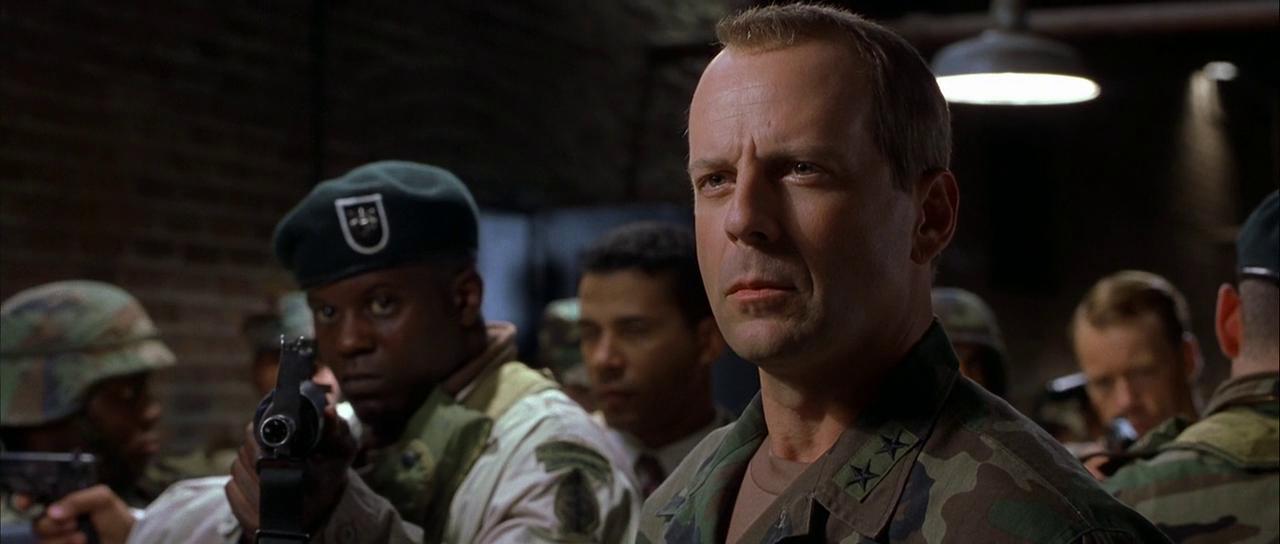 So one in Jig and one in Hornpipe and they are made up by your teacher.
So one in Jig and one in Hornpipe and they are made up by your teacher.Learn the Ceili called THE HIGH CAULED CAP
WATCH THE DANCE
MEMORIZE THE DANCE
(KNOW NAMES AND BARS AND BE ABLE TO DESCRIBE AS WELL AS DANCE)
Two modern set dances, one in 6/8 time and the other in 2/4 or 4/4 time (different from those in Grade 9)
40 bars Advanced Reel, (113)
40 bars Advanced Slip Jig,(113)
40 bars Advanced Heavy Jig.(73)
King of the Fairies 130SET DANCE STEP (FIRST PART)
SET (SECOND PART)
Two modern set dances selected by the examiner from a list of 5 submitted by the candidate
(different from those in Grades 9 & 10) Eight-Hand ReelWATCH THE DANCE
MEMORIZE THE DANCE
The Harvest Time JigWATCH THE DANCE
MEMORIZE THE DANCE
40 bars Light Double Jig,(116)
40 bars Single Jig,(124)
40 bars Advanced Hornpipe,(113)
Three Sea Captains (96)SET DANCE STEP (FIRST PART)
SET DANCE COMPLETE SET PART ONE (SECOND PART)
Jockey to the Fair (90)STEP (FIRST PART)
SET (SECOND PART)
Two modern set dances selected by the examiner from a list of five submitted by the candidate
(different from those in Grades 9, 10 and 11) The Morris ReelWATCH THE DANCE
MEMORIZE THE DANCE
The Sixteen Hand ReelWATCH THE DANCE
MEMORIZE THE DANCE
History and mythology in Irish dances
The history and mythology of Ireland is extremely rich.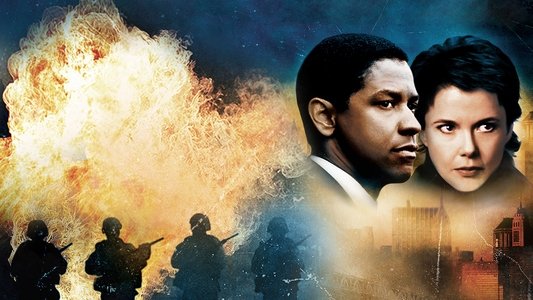 What is surprising about this? Any country is rich in mythology and history. However, the peculiarity lies in the fact that it is Ireland that embodies its history and mythology in dances. Can you imagine the dance "Battle of Borodino" or "Battle on the Ice" or "Election of M. Romanov to the kingdom"? Hard to believe. And in Ireland there are such dances as the Siege of Carrick, the Siege of Ennis, the Fall of Paris. I tried to find out more about the historical events and mythological subjects after which the dances were named.
What is surprising about this? Any country is rich in mythology and history. However, the peculiarity lies in the fact that it is Ireland that embodies its history and mythology in dances. Can you imagine the dance "Battle of Borodino" or "Battle on the Ice" or "Election of M. Romanov to the kingdom"? Hard to believe. And in Ireland there are such dances as the Siege of Carrick, the Siege of Ennis, the Fall of Paris. I tried to find out more about the historical events and mythological subjects after which the dances were named.
Walls of Limerick Walls of Limerick
Kaylee dance to the rhythm of the ril, very simple and therefore popular.
1690th year. The Protestants of England and Scotland fought with the Irish Catholics for power in Ireland. At the head of the Catholic army, Patrick Sarsfield carefully prepared in Limerick for a long siege. The English King William surrounded the city. One Huguenot from the king's entourage fled to Sarsfield and reported that King William had called for help from Dublin to break through the defense.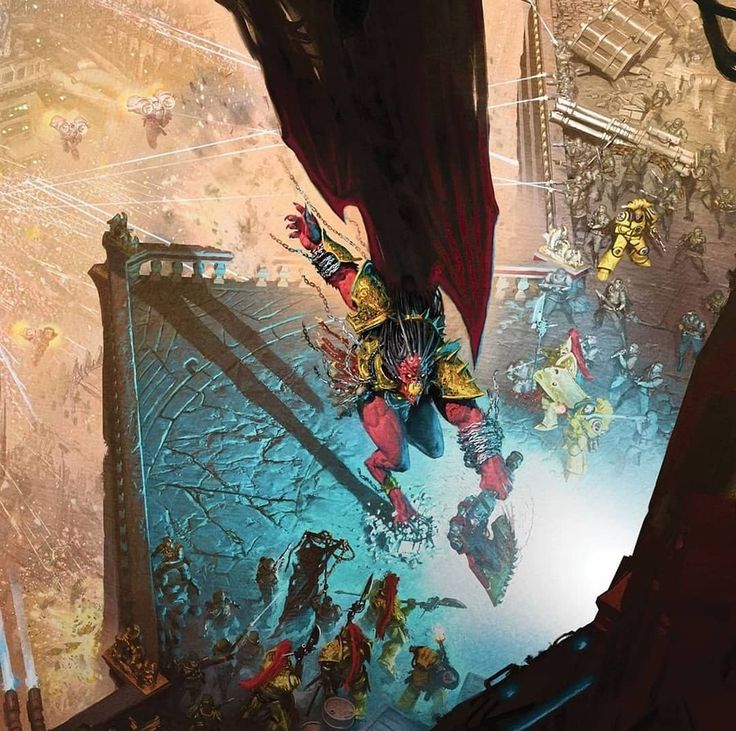 They carry gunpowder, cannons and pontoons. Sarsfield decided on a bold adventure - to intercept and destroy the convoy. Exactly at midnight, five hundred horsemen slowly left the surrounded city. They were led by Patrick Sarsfield. We drove carefully, in the dark, in a northerly direction; bypassed enemy posts. In a few hours, the scouts reached the plateau of Keeper Hill. There they hid all day, and several scouts were sent ahead: they were supposed to find out the route of the convoy.
They carry gunpowder, cannons and pontoons. Sarsfield decided on a bold adventure - to intercept and destroy the convoy. Exactly at midnight, five hundred horsemen slowly left the surrounded city. They were led by Patrick Sarsfield. We drove carefully, in the dark, in a northerly direction; bypassed enemy posts. In a few hours, the scouts reached the plateau of Keeper Hill. There they hid all day, and several scouts were sent ahead: they were supposed to find out the route of the convoy.
As night fell, five hundred horsemen mounted their saddles and headed down the road to Ballinity. There the convoy stopped for the night. On the way, Sarsfield learned that the enemy had used his name as the password!
When we approached the camp, we heard a sentry call:
- Stop! Password?
"Sarsfield," Sarsfield replied.
- Come on in!
Five hundred horsemen crossed the line of outposts until the loud cry of the Irish commander was heard: "Sarsfield is the password, and Sarsfield is the man!" Five hundred sabers flew out of their scabbards, and the riders rained them down on the sleeping convoy. Everything took a few minutes. Pontoons were destroyed, cannons full of gunpowder were thrown headlong down, wagons piled around. Gunpowder was sprinkled on top. The train took off into the sky. A few hours later, Sarsfield was welcomed within the walls of Limerick.
Everything took a few minutes. Pontoons were destroyed, cannons full of gunpowder were thrown headlong down, wagons piled around. Gunpowder was sprinkled on top. The train took off into the sky. A few hours later, Sarsfield was welcomed within the walls of Limerick.
But - alas! - not all adventures of Sarsfield ended so successfully. Wilhelm prepared another siege train. He came from Waterford. The king managed to break through the walls of Limerick near St. John's Gate, and ten thousand soldiers rushed into the gap. Wives and daughters joined the men and beat the enemy with everything that came to hand. Merchants grabbed muskets from the hands of wounded soldiers and continued to fight. The butchers joined the fight, fighting with their long knives. Sticks, stones, scythes - everything that could hurt and kill was used. For two terrible hours the battle lasted in the streets of Limerick. At the height of the battle, a terrible explosion shook the city. This was blown up by the selected Prussian infantry regiment of Wilhelm. Three times the king's troops advanced on Limerick, and three times they were thrown back from the city walls. At dawn, 2,000 Wilhelm's soldiers were dead or dying."
Three times the king's troops advanced on Limerick, and three times they were thrown back from the city walls. At dawn, 2,000 Wilhelm's soldiers were dead or dying."
This was the first siege of Limerick. Then William sailed to England, but by a second siege he won. The defenders of the city surrendered on the terms of signing an honorable peace for them. On a large stone near the bridge, Patrick Sarsfield signed the famous Treaty of Limerick, according to which the Irish were given complete secular and religious freedom, and all Irish soldiers who fought for the Catholic King James were allowed free passage to France.
King of fairies
Set dance to hornpipe rhythm. It is said that the Fairy King plays a wonderful tune that no mortal can reproduce. With this melody, he can enchant, take any mortal girl to a magical hill. Once upon a time a mortal violinist succeeded enough in his skill. He said that he could play the Fairy King's melody on his violin, but he needed to eavesdrop on it. Fairies lived in a deep cave. One night, the violinist heard a magical melody, but it was moving away, drifting further and further into the depths of the cave. The man followed her and ... and remained wandering through the stone labyrinths forever, because no one dies in the camp of fairies. Until now, peasants sometimes hear at night how deep under the stone vaults the violin is crying, but no one else goes to the magical motive. Everyone knows what the encroachment on a melody that belongs to only one king of the fairies turns out to be.
Fairies lived in a deep cave. One night, the violinist heard a magical melody, but it was moving away, drifting further and further into the depths of the cave. The man followed her and ... and remained wandering through the stone labyrinths forever, because no one dies in the camp of fairies. Until now, peasants sometimes hear at night how deep under the stone vaults the violin is crying, but no one else goes to the magical motive. Everyone knows what the encroachment on a melody that belongs to only one king of the fairies turns out to be.
Blackthorn stick or Blackthorn stick
Set dance to treble jig rhythm. The strongest image associated with thorns is, of course, the crown of thorns of Jesus Christ. According to legend, a thorn tree grew from the thorn of the Savior's crown in Glastonbury Abbey. It must be precisely with this that the properties of blackthorn to drive away evil spirits are connected. The Irish folk song "Rocky Road to Dublin" contains these lines:
Cut a Stout Black thorn
To banish ghosts and goblins
Cut strong thorns,
To drive away spirits and goblins
However, as often happens in folk beliefs, things may not be so simple.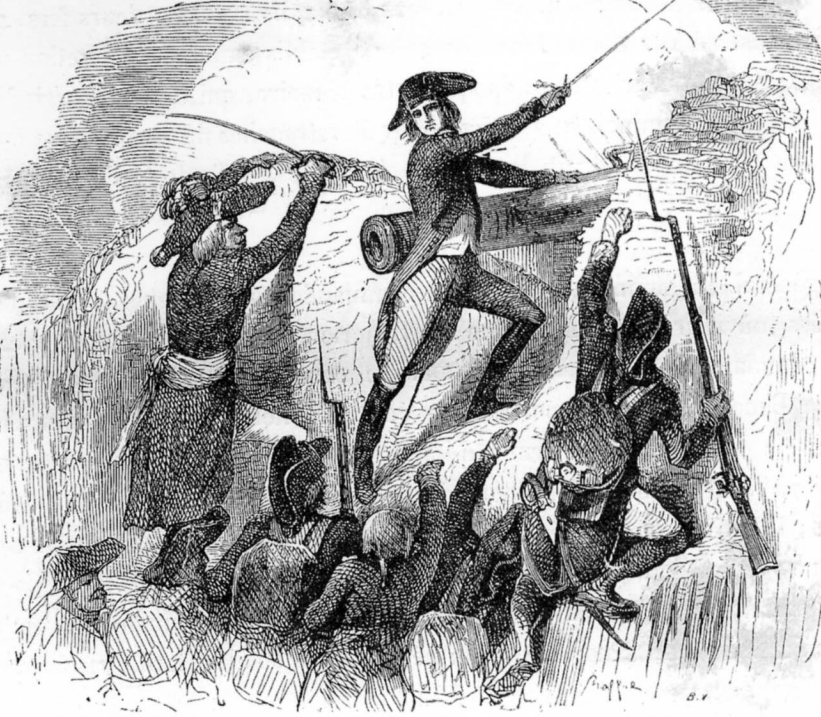 So in some legends and tales, a thorn tree grows on a hill where fairies live, in magic circles. When trying to cut down or transplant a tree, a person gets into trouble. Thorn canes are held in the hands of leprechauns. So the tree of Jesus Christ in the ambiguous Irish tradition can also be a tree of evil spirits.
So in some legends and tales, a thorn tree grows on a hill where fairies live, in magic circles. When trying to cut down or transplant a tree, a person gets into trouble. Thorn canes are held in the hands of leprechauns. So the tree of Jesus Christ in the ambiguous Irish tradition can also be a tree of evil spirits.
Thorn canes have been used in Ireland since ancient times. The canes usually ended with an iron knob. They were not only a support for travelers, but also a weapon, including in battle with a supernatural enemy. There was even a national sport - a fight on thorn sticks.
Siege of Ennis Siege of Ennis
Kaylee dance to the rhythm of the jig. The siege of Ennis is a blank spot in the history of Ireland. I've scoured the internet for evidence of her. If there are myths and legends about the siege of Limerick, then what happened in Ennis? On the Internet, I saw questions from dancers about the history of this dance. Everything converges on the Clare County Library (where Ennis is located).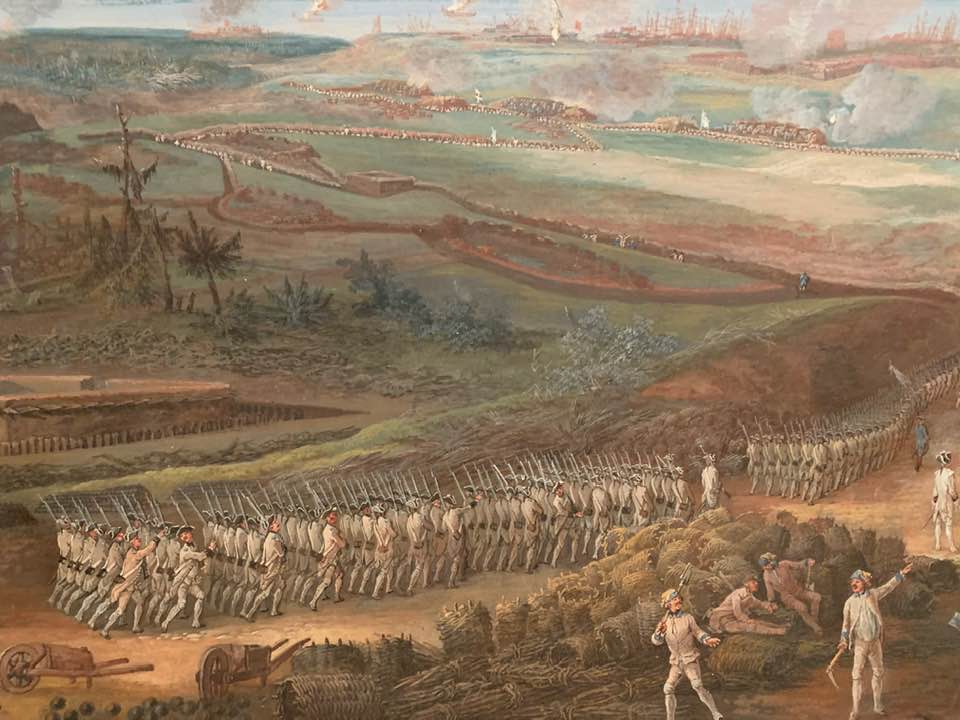
There was a brief glimmer of hope in Catholic Ireland when James II (1685-1688) ascended the throne. James intended to rehabilitate Catholicism in England and sent Richard Talbot, Earl of Tyrconell, to Ireland as Governor General. Tactlessly and too quickly, Tyrconell began to appoint Catholics to important posts. He also began to prepare a Catholic army, then took up the Irish Parliament in Dublin - began to include Catholics in it so that they would return the lands taken by Cromwell. Such a policy, not different from that pursued by James himself in England, threatened with trouble, and in 1688 they were not slow to appear in the person of the royal son-in-law, William of Orange. The rebellious Tories and Whigs invited him to take the English throne. Jacob was forced to ask for help from the French and from the Catholic Irish, who remained loyal to the Stuart dynasty.
In 1690, the Catholic army was defeated on the Boyne. James II fled from the battlefield. In fact, the battle was not decisive, in 1691 William had to conduct another campaign and endure the most serious resistance of the Catholics west of the Shannon, where the Catholic landholdings were concentrated.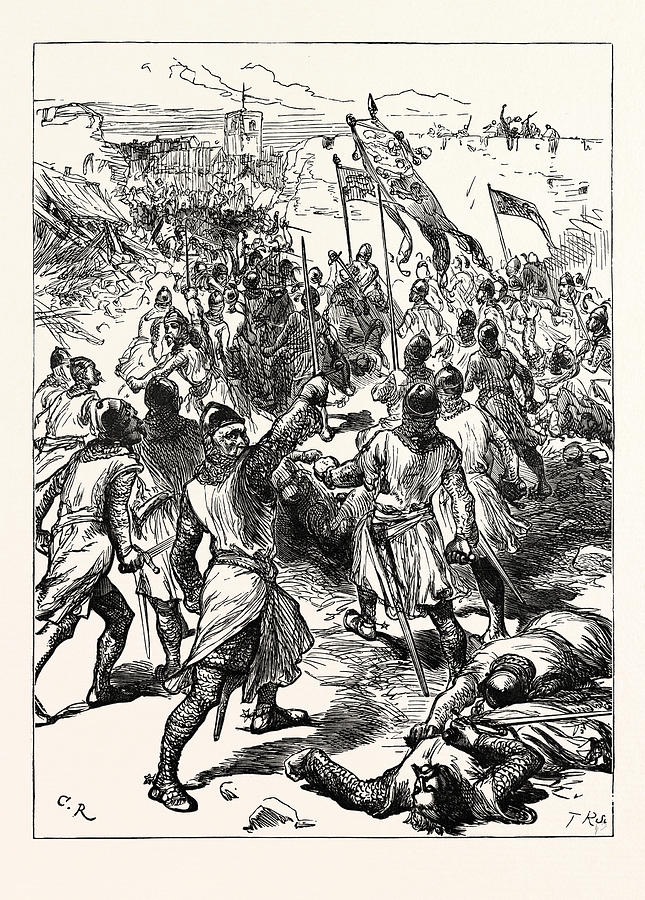 Desperately resisted at Athlone, and on the battlefield in Aughrim, and during the two sieges of Limerick (see above), but it was all to no avail. However, we know very little about the events in County Clare during the winter of 1690 years. There is evidence that Clare Castle was fortified, and it is assumed that the Jacobite cavalry was stationed in the vicinity of Ennis. In June 1691, the army of William's supporters crossed the Shannon River at the town of Athlone (see the Bridge of Athlone dance below), the Jacobite army was driven back. Galway and Limerick were the only two significant cities in Jacobite hands. There appears to have been no significant hostilities in County Clare. The commander of the army of William's supporters declared that whoever voluntarily surrenders a castle or city to the new king will leave his possessions for himself, which seems to have happened with Clare Castle. The commander of his garrison, Tig McNamara, was allowed to remain master of his lands near Tula (from the County Clare Library website.
Desperately resisted at Athlone, and on the battlefield in Aughrim, and during the two sieges of Limerick (see above), but it was all to no avail. However, we know very little about the events in County Clare during the winter of 1690 years. There is evidence that Clare Castle was fortified, and it is assumed that the Jacobite cavalry was stationed in the vicinity of Ennis. In June 1691, the army of William's supporters crossed the Shannon River at the town of Athlone (see the Bridge of Athlone dance below), the Jacobite army was driven back. Galway and Limerick were the only two significant cities in Jacobite hands. There appears to have been no significant hostilities in County Clare. The commander of the army of William's supporters declared that whoever voluntarily surrenders a castle or city to the new king will leave his possessions for himself, which seems to have happened with Clare Castle. The commander of his garrison, Tig McNamara, was allowed to remain master of his lands near Tula (from the County Clare Library website. The book "History of County Clare" By Brian Ó Dálaigh) . This was followed by the second siege of Limerick, which we already know about. But as for the heroic siege of Ennis, it seems that history is silent about this.
The book "History of County Clare" By Brian Ó Dálaigh) . This was followed by the second siege of Limerick, which we already know about. But as for the heroic siege of Ennis, it seems that history is silent about this.
If someone here finds more information, be sure to write here.
St. Patrick's Day Patrick's Day
Set dance to the rhythm of a treble jig, as well as keley dance to the same melody in a light jig tempo. St.Patrick 's Day. There are many legends about Saint Patrick in Ireland. Some are attributed to the life of the saint, others to miracles performed by him after death. The personality of Patrick has already become legendary and is on a par with the great kings of antiquity, the heroes of the Ulad cycle, the rulers from the Sids and the monstrous Fomorians. What struck me personally in these tales is that Patrick appears in them as an extremely living person. He is not an ideal saint, absorbing divine grace around the clock, not offending either a person or another of God's creatures, but a bright and active personality, with a strong, completely earthly character.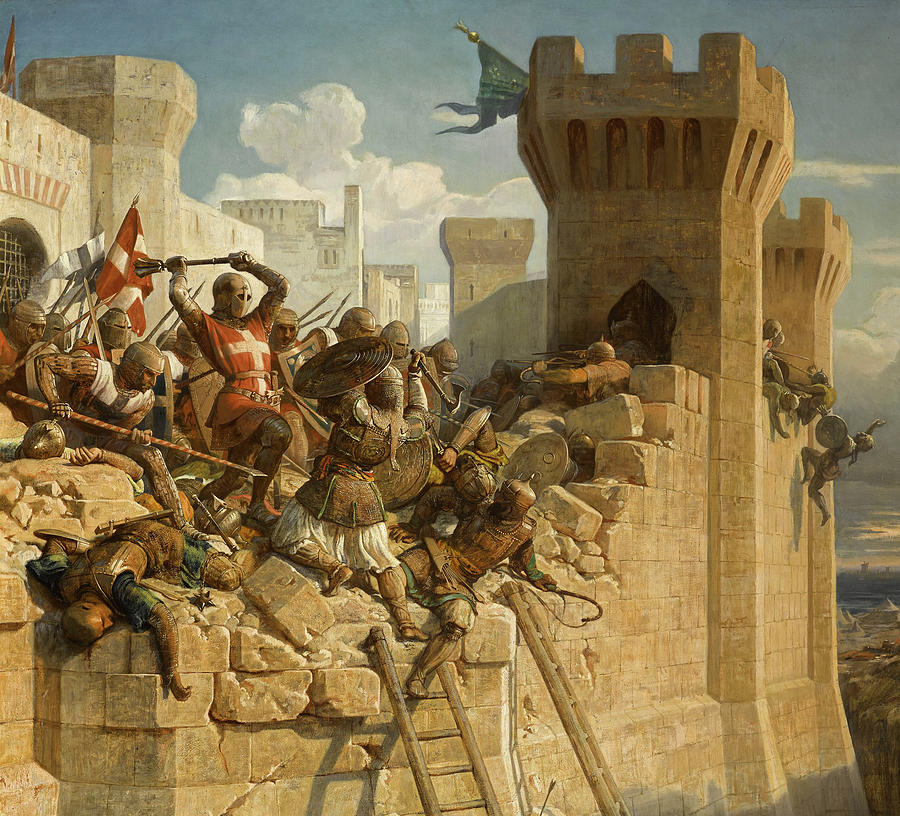 He has such qualities as anger, resentment, affection, even revenge slips through, the spirit of rivalry is not alien to him. However, God helps him in all his undertakings, who does everything so that this holy man Christianizes the Green Island. I will give an excerpt about the death of Patrick and the establishment of his holiday on March 17 from the translation of the life of St. Patrick, compiled by a high-ranking monk Murkhu Mokku Makhteni in the 7th century.
He has such qualities as anger, resentment, affection, even revenge slips through, the spirit of rivalry is not alien to him. However, God helps him in all his undertakings, who does everything so that this holy man Christianizes the Green Island. I will give an excerpt about the death of Patrick and the establishment of his holiday on March 17 from the translation of the life of St. Patrick, compiled by a high-ranking monk Murkhu Mokku Makhteni in the 7th century.
“After so many miracles recorded in other books and revered in the world by faithful lips, the day of his death began to draw near, an angel appeared to Patrick and told him about it. Then Patrick sent to Armagh to say that he loved above all other lands, so that many men would come for him and take him where he wanted. Then he set off with his companions, according to his will, on the road to Arma, his beloved land. At that time a blackberry bush was burning beside the road, but, as happened before with Moses, the fire did not consume it.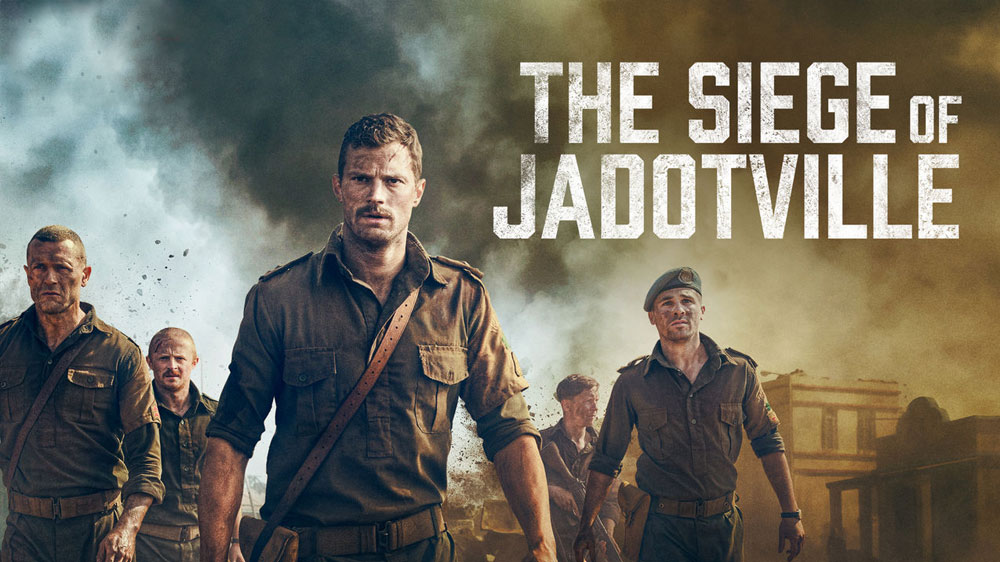 And there was an angel Victor in that bush, who often appeared to Patrick, and Victor sent another angel to Patrick to tell Patrick not to go where he wanted. The angel said to him: “Why did you set off on a journey without Victor’s advice? Go to him, for he is calling you." Patrick changed his way and asked what he should do. The angel answered him: “Return to where you came from (that is, to Savul. - G. B.), and your four requests will be fulfilled. The first is that your administration be in Armagh. The second is that whoever recites a hymn in your honor on the day of your death be judged by you according to his sins. The third is that the descendants of Dihu, who graciously received you, deserve mercy, not death. Fourth, that all Irish people be judged by you on the day of the Last Judgment (as the apostles are told: “You will also sit on the throne of twelve, judging the sheep of the ten tribes of Israel” (Matt. 19-28), and you would judge those of whom you were an apostle. Go back as I told you, and you will die and walk in the way of your fathers.
And there was an angel Victor in that bush, who often appeared to Patrick, and Victor sent another angel to Patrick to tell Patrick not to go where he wanted. The angel said to him: “Why did you set off on a journey without Victor’s advice? Go to him, for he is calling you." Patrick changed his way and asked what he should do. The angel answered him: “Return to where you came from (that is, to Savul. - G. B.), and your four requests will be fulfilled. The first is that your administration be in Armagh. The second is that whoever recites a hymn in your honor on the day of your death be judged by you according to his sins. The third is that the descendants of Dihu, who graciously received you, deserve mercy, not death. Fourth, that all Irish people be judged by you on the day of the Last Judgment (as the apostles are told: “You will also sit on the throne of twelve, judging the sheep of the ten tribes of Israel” (Matt. 19-28), and you would judge those of whom you were an apostle. Go back as I told you, and you will die and walk in the way of your fathers.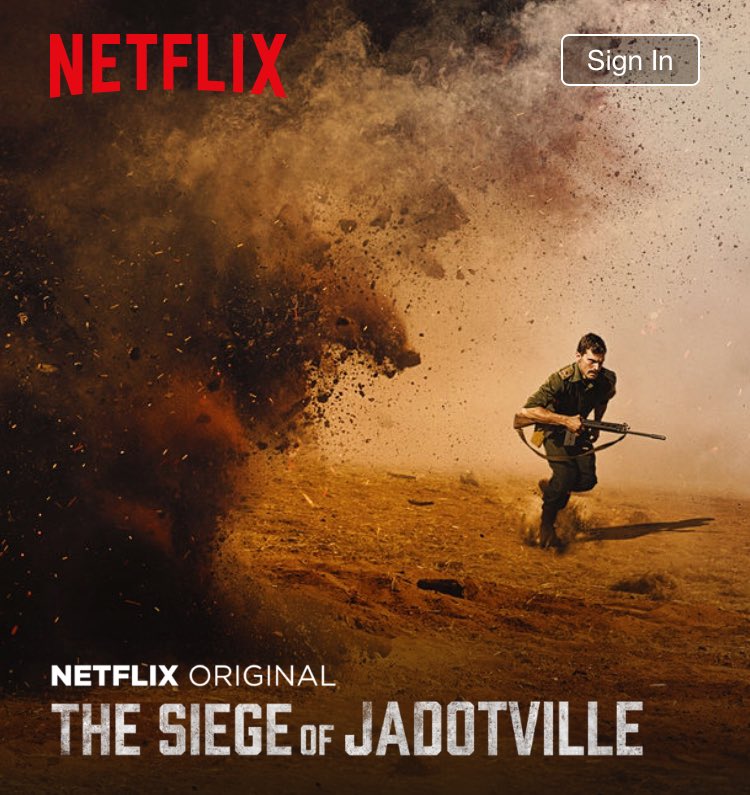 ” And it happened on the seventeenth day of March - and in all he lived a hundred and twenty years - and every year they celebrate that day throughout Ireland.
” And it happened on the seventeenth day of March - and in all he lived a hundred and twenty years - and every year they celebrate that day throughout Ireland.
Reel Fay. Fairy reel
Caylee to reel music. According to Frank Willan's book The Complete Guide to Irish Dance, this dance was first a quadrille and later performed like a ceili. Faeries are the collective name for various supernatural beings in lower British mythology. The word has a very wide application from tall and beautiful creatures like Tolkien's elves to ugly, wicked goblins and tiny creatures with wings. Many types of fairies have their own names, for example, leprechauns, diny shi, bubahs, hobgoblins, redcaps, etc., but the word "faerie" is most often mentioned, meaning a very vague creature of magical properties. It's like saying "a certain insect was sitting on the wall" or "a lacewing was sitting on the wall." Fairies are very fond of music and dancing. They often dance in the fields and hills or in their magical palaces. It is often emphasized that faeries are more skillful and tireless dancers than humans. Here is an 1877 description of fairies dancing reel from Carmichael A. Garmina Gadelica. Edinburgh. 1928-1941.
It is often emphasized that faeries are more skillful and tireless dancers than humans. Here is an 1877 description of fairies dancing reel from Carmichael A. Garmina Gadelica. Edinburgh. 1928-1941.
I myself have never seen a male fairy or a female fairy, but my mother happened to see a whole crowd. She once went with her girlfriends from the town to the summer pasture. They were milking the cows in the evening and suddenly they saw a flock of fairies who were dancing reel in the meadow in front of the barrow. Ah, my God! How much they wanted to dance, but no, the daughters of mere mortals could not dance among the fairies! Their heads were covered with bell-shaped helmets of blue silk, they were dressed in green satin, on their feet were golden sandals. Thick dark blond hair fell to her waist, golden as the summer sun. The skin is white as a swan feather, the voices are sonorous, like those of song thrushes, themselves handsome and well, as if painted, they speak easily, proudly and mischievously, like little red deer that live in the hills.
A piece in honor of Hugh O' Donnell Planxty Hugh O'Donnell
Set dance to the rhythm of a treble jig. The music was written by the famous Irish composer-harpist of the XVII-XVIII centuries Turlough O'Carolan. By the way, he enriched the dances with several sets at once. He was born in 1670 in the village of Nobber, County Meade. At age 14, Turlo moved with his family to Ballyfarnon, County Roscommon. Terlo's father gets a job on the estate of Mrs. MacDermott Roe, and she, seeing the undoubted poetic talent of the young man, gives him an education. At the age of 18, the boy falls ill with smallpox and goes blind. Mrs. McDermott Roe enrolls Turlo in training to a famous harpist. From the age of 21, for 50 years, Turlo O'Carolan has been traveling around Ireland, writing and performing wonderful music.
The hero of the work himself is one of the leaders of the Irish. uprisings 1594-1603. He was born into the family of King Tyrconnel. Suspected by the British of preparing a rebellion, in 1587 he was imprisoned in Dublin Castle, from where he managed to escape in 1592 with two accomplices (the only successful escape in the history of this prison). It was winter. First, he hid in the mountains, and then reached the fortress of his ally Mac Hugh O'Byrne. But during the escape, Sam Hugh froze his big toes on both feet, and his companion died in the mountains. Shortly thereafter, Hugh led the O'Donnell clan and, in alliance with the Earl Tyrone, head of the O'Neill clan, began a war against the British. After a series of high-profile victories, the position of the rebels worsened due to the arrival of new troops from England. In 1601 the Irish and their Spanish allies were defeated at the Battle of Kinsale, and Hugh fled to Spain, where he died suddenly the following year. For a long time it was believed that he was poisoned by an agent of Queen Elizabeth I, one James Blake, but now most historians agree that he fell victim to an epidemic of bubonic plague.
Suspected by the British of preparing a rebellion, in 1587 he was imprisoned in Dublin Castle, from where he managed to escape in 1592 with two accomplices (the only successful escape in the history of this prison). It was winter. First, he hid in the mountains, and then reached the fortress of his ally Mac Hugh O'Byrne. But during the escape, Sam Hugh froze his big toes on both feet, and his companion died in the mountains. Shortly thereafter, Hugh led the O'Donnell clan and, in alliance with the Earl Tyrone, head of the O'Neill clan, began a war against the British. After a series of high-profile victories, the position of the rebels worsened due to the arrival of new troops from England. In 1601 the Irish and their Spanish allies were defeated at the Battle of Kinsale, and Hugh fled to Spain, where he died suddenly the following year. For a long time it was believed that he was poisoned by an agent of Queen Elizabeth I, one James Blake, but now most historians agree that he fell victim to an epidemic of bubonic plague.
#Openwyvalds: if I were a tourist in Vologda, I would immediately be lost at the station
Elena Ivanova - Irish dance coach. That's all I knew about her when we met.
After we met, I still had to find out: 1) that Lena draws and teaches drawing, 2) that Lena knows how to do complex hairstyles and tightly pin wigs to the tops of her head, 3) that Lena herself creates some costumes for performances, 4 ) that Lena is constantly finishing some courses, although it is not clear exactly what time she manages to attend them, 5) that Lena is constantly traveling and 6) that Lena is a person who clearly has more than 24 hours in a day.
Let's talk with Elena Ivanova about all this, about many other things and, of course, about Vologda.
Are you a native Vologda?
I was born in Veliky Ustyug. I came to Vologda to study, to the history department at VSPU.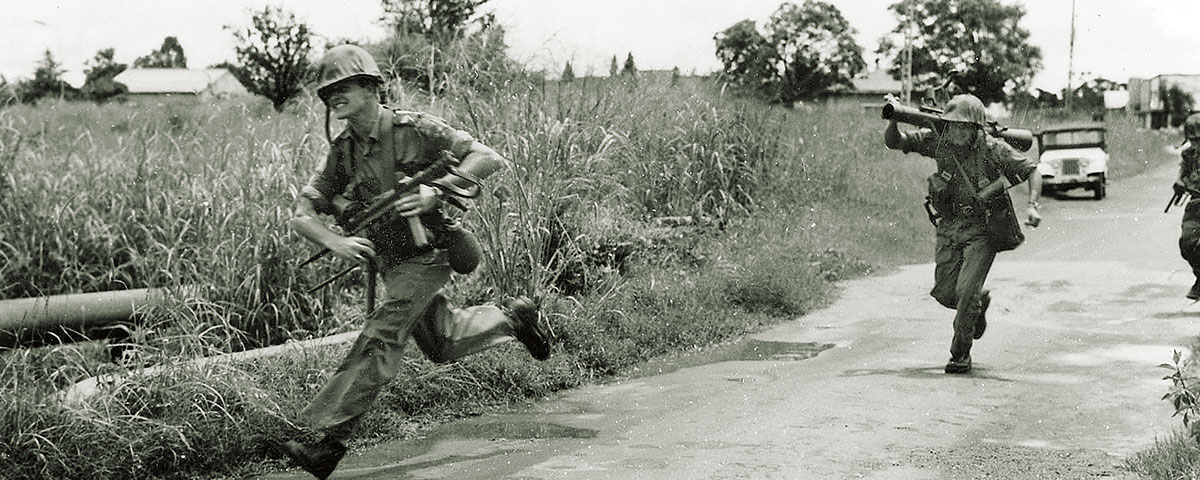 And stayed. In general, in parallel with Vologda, I entered the Faculty of Law at St. Petersburg State University. But the financial situation was bad. So I stayed closer to home, combined study and work. I don't regret it. I have a cool, prestigious specialty, a red diploma, good relations with teachers. Until now, the knowledge and experience that I gained during my studies, I use in my work.
And stayed. In general, in parallel with Vologda, I entered the Faculty of Law at St. Petersburg State University. But the financial situation was bad. So I stayed closer to home, combined study and work. I don't regret it. I have a cool, prestigious specialty, a red diploma, good relations with teachers. Until now, the knowledge and experience that I gained during my studies, I use in my work.
Do you have a favorite place in Vologda?
There are probably several such “places of power”. Spaso-Prilutsky Monastery. If you manage to get out for a walk - always with pleasure. And I definitely take all the guests of the city there. This is tourist Vologda, which, in fact, is very small. It always needs to be shown, paid attention. I also love the tiny monastery on Burmagin Street. A very cozy place: a large beautiful house, which was left from the monastery courtyard. I like to walk on foot, go down the bridge. I like Osanovskaya grove. It's nice there too. True, she has now become very active, a lot of things have been built around, a new residential complex hangs. The semi-wild place turns into a park area. There used to be a real feeling of the forest. Of course, even now you can find wild places, where the old grove is. I generally like to walk around the city a lot.
True, she has now become very active, a lot of things have been built around, a new residential complex hangs. The semi-wild place turns into a park area. There used to be a real feeling of the forest. Of course, even now you can find wild places, where the old grove is. I generally like to walk around the city a lot.
Do you enjoy walking or walking around Vologda?
I am not attached to cities in principle. From early childhood I travel a lot, I saw many cities. And now I travel a lot to different countries. Despite the fact that I have been living in Vologda for almost twenty years, it cannot be said that this is my turning point. I can appreciate some local chips, cozy places, but I don’t feel piety from the fact that I live here or walk around Vologda. Such piety rolled over me once in my life - in Jaffa. This is Israel. An anthill town, all three-de. You don't know which street you're walking on, up or down. This city impressed me, as did its history.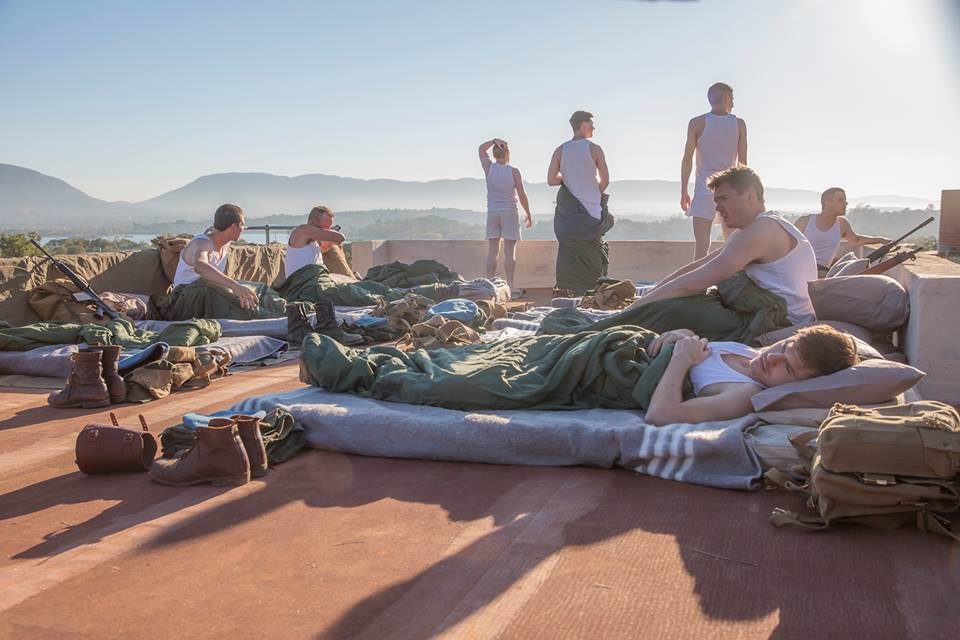
What about going home? Do you feel something similar when you return to Vologda?
Well, this is not my home. This is not my homeland. I once came here. I took a lot from this city. This is a good stage of my life, but not the end.
But do you still love Vologda?
She impresses me. I have spent most of my life here. This is a pleasant, cozy city. Better than many. I have no intention of just leaving here. In general, I don’t really understand people who move to the capital for the very fact of moving. When you change your place of residence, you are moving after something. If you realize that you cannot achieve your goal in a certain city, you move to another. But whether it will become your end point is unknown. That's all. Moving to Moscow for the sake of appearances - what is the point of this action?
What kind of people are there in Vologda?
Generally positive, but cautious towards other people. You will not be greeted with a smile. You will not enter into a casual conversation. But if you get closer to a person, he will open up to you as good, kind, ready to support, exchange information, energy. That is, at first Vologda people are closed, unemotional. It's not bad. It's just a trait. Not to say that she is very local. For example, Vologda people are more intelligent than Cherepovets. With a little bit of self-esteem. And Cherepovets like to look at everyone from above a little. Vologda is also lazy, in the position of an observer. "I'll sit and see how things turn out. And when I feel more confident in the situation, then I will enter the process.” But if you can not interfere, then it is better not to interfere. There is no adventurism.
You will not be greeted with a smile. You will not enter into a casual conversation. But if you get closer to a person, he will open up to you as good, kind, ready to support, exchange information, energy. That is, at first Vologda people are closed, unemotional. It's not bad. It's just a trait. Not to say that she is very local. For example, Vologda people are more intelligent than Cherepovets. With a little bit of self-esteem. And Cherepovets like to look at everyone from above a little. Vologda is also lazy, in the position of an observer. "I'll sit and see how things turn out. And when I feel more confident in the situation, then I will enter the process.” But if you can not interfere, then it is better not to interfere. There is no adventurism.
Three associations with Vologda.
I really want not to be banal. First, cool interesting people. There are many people who are ready to create movement around themselves. There are cities where such people are absent as a class. For example, "Tom Sawyer Fest" absolutely amazes me. And inspires. People do their projects with high quality, not in order to earn money. They do it for themselves. More about Vologda - "no" to tourists. When you return from another city, or even better - from another country, you can look at Vologda with different eyes. And I think if I were a tourist in Vologda, I would immediately get lost at the station. It feels like you're not welcome here at all. A city that needs to be taken in a hurry, to go here with a frenzied motivation to dig something up. If you are a tourist without a plan, nothing shines for you here. Everything is incomprehensible, in a local way, there is no friendliness to visiting people. On your own you will not find anything here and you will not see anything. I realized this after a trip to Kaliningrad - this is a meeting, receiving city. And such a big difference with Vologda! We could make a list of what we lack. Yes, it's sad to come back here, if you think about it.
For example, "Tom Sawyer Fest" absolutely amazes me. And inspires. People do their projects with high quality, not in order to earn money. They do it for themselves. More about Vologda - "no" to tourists. When you return from another city, or even better - from another country, you can look at Vologda with different eyes. And I think if I were a tourist in Vologda, I would immediately get lost at the station. It feels like you're not welcome here at all. A city that needs to be taken in a hurry, to go here with a frenzied motivation to dig something up. If you are a tourist without a plan, nothing shines for you here. Everything is incomprehensible, in a local way, there is no friendliness to visiting people. On your own you will not find anything here and you will not see anything. I realized this after a trip to Kaliningrad - this is a meeting, receiving city. And such a big difference with Vologda! We could make a list of what we lack. Yes, it's sad to come back here, if you think about it. The third association is brilliance and poverty. You can pay for the fare by phone, but you get off at the bus stop and you break your legs. I mean that something progresses, and something stays in place. Urban infrastructure needs a single working system. Then the city will become friendly. And now it's kind of sad.
The third association is brilliance and poverty. You can pay for the fare by phone, but you get off at the bus stop and you break your legs. I mean that something progresses, and something stays in place. Urban infrastructure needs a single working system. Then the city will become friendly. And now it's kind of sad.
Let's talk about something funny then. Let's talk about Irish dancing.
Well, yes, they are funny, you can't say anything (laughs) .
How did Irish dancing come into your life?
There was some kind of absolute accident. I didn't even remember that moment. It just hit me - and now I'm looking for video tutorials on the Internet. I guess Irish dancing hooked me as something we don't have. Why not? This is cool, interesting. I rushed around the city, in all dance and fitness areas. Then she began to study alone at home, looking for people who are also interested in it. Everything was just beginning, everyone was new.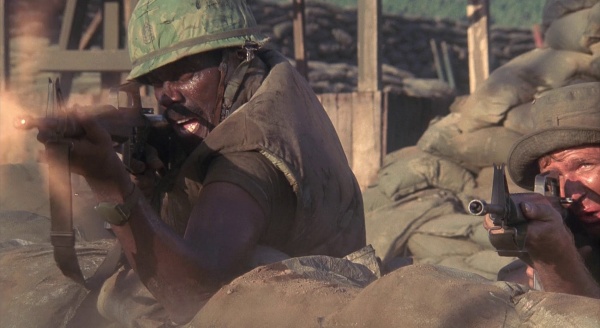 I remember we discussed in ICQ how to jump reels correctly, how a “three” differs from a reel. Spoiler: nothing. No one explained anything to us, everything was done by the method of scientific poke. I had to think a lot, search, collect pieces. Then a teacher appeared, to whom you could go and understand that you did not understand anything and could not do anything. We worked with cameras, recorded, looked at ourselves and others, analyzed, worked on mistakes. Then research interest began to spread to other areas. The dance itself is an immense matter. You can endlessly learn something new. Lots of trends and styles. The field is unplowed. Everything is interesting, everyone wants to know. Then the techniques begin - how to tell others, how to inspire, how to teach. Competitions are already subtleties of refereeing, rules, training of people. Sculpting a champion is an interesting process. In general, Irish dancing is a separate world. With its rules, its stars. We even have our own designers who sew dresses for wild money, completely think over the appearance, including makeup and hair.
I remember we discussed in ICQ how to jump reels correctly, how a “three” differs from a reel. Spoiler: nothing. No one explained anything to us, everything was done by the method of scientific poke. I had to think a lot, search, collect pieces. Then a teacher appeared, to whom you could go and understand that you did not understand anything and could not do anything. We worked with cameras, recorded, looked at ourselves and others, analyzed, worked on mistakes. Then research interest began to spread to other areas. The dance itself is an immense matter. You can endlessly learn something new. Lots of trends and styles. The field is unplowed. Everything is interesting, everyone wants to know. Then the techniques begin - how to tell others, how to inspire, how to teach. Competitions are already subtleties of refereeing, rules, training of people. Sculpting a champion is an interesting process. In general, Irish dancing is a separate world. With its rules, its stars. We even have our own designers who sew dresses for wild money, completely think over the appearance, including makeup and hair.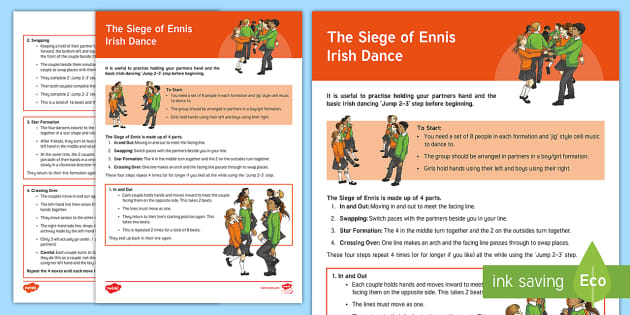 A lot of opportunities, everyone can find something of their own here, according to their abilities. I want to explore this world and bring other people into it.
A lot of opportunities, everyone can find something of their own here, according to their abilities. I want to explore this world and bring other people into it.
Does your love for Irish dance turn into a love for something else Irish?
Not necessary at all. More often the opposite happens. A person may first be hooked by Irish music. It is very different: both rock and fabulous fantasy folklore with symbols and mythology, which many people love so much. There may be general impressions of the country, love for Ireland itself. This is where people come to dance. And they go further. For example, in language. And the Irish language is so interesting, there are so many tricks in it. After all, it is not very popular, the Irish themselves speak it little and poorly. But it has such unique logical connections, living matter. You learn Irish on insights. This is how it worked for me. And others may begin to master Irish folk instruments or get carried away with literature.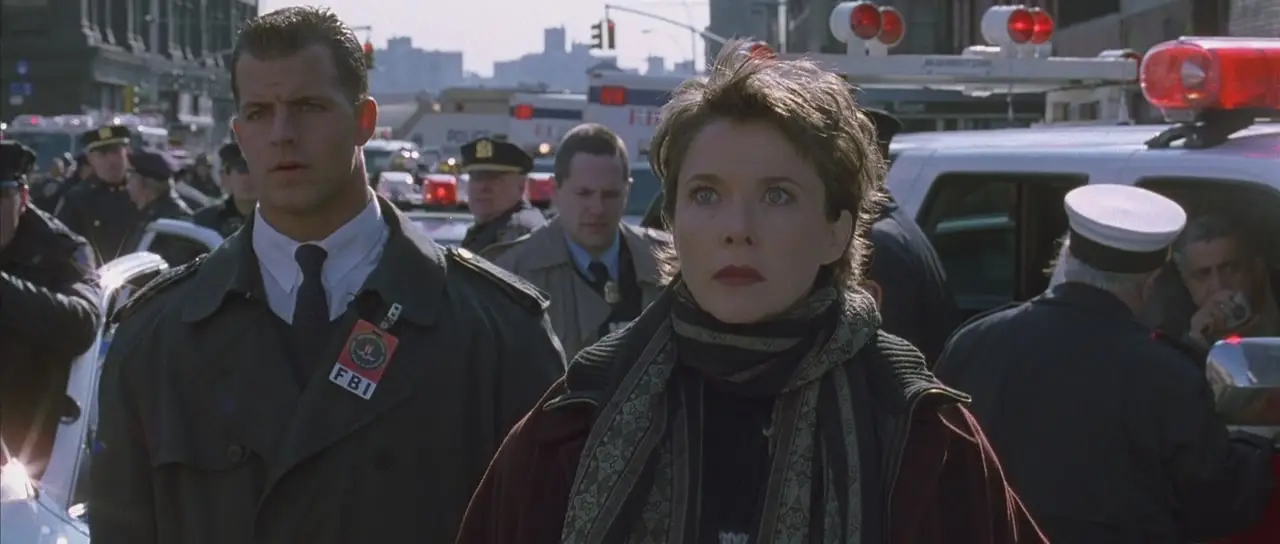 Irish classical literature is close in spirit to Russian literature of the times of Goncharov and Dostoyevsky. I'm talking now not about the epic, but about the author's works. Someone goes deeper into dancing - away from sports, from entertainment. Goes to the origins, where the dances contain the history of the people. I tried to find dances in Russian culture that could tell the story of our people, but we don’t have that. There are some rhythms, names, which, perhaps, came out of ritual. But they stopped there. If you start to dig Irish dances, you find such layers! For example, the dance is called "The Siege of Ennis". Who is Ennis? What is a siege? Then it turns out that no one besieged this unfortunate city, no matter what passions boiled around it. You begin to think what kind of siege is depicted in the dance. And further and further you burrow. And just something - a simple dance pattern that you learned. But behind it are stories, people, their relationships.
Irish classical literature is close in spirit to Russian literature of the times of Goncharov and Dostoyevsky. I'm talking now not about the epic, but about the author's works. Someone goes deeper into dancing - away from sports, from entertainment. Goes to the origins, where the dances contain the history of the people. I tried to find dances in Russian culture that could tell the story of our people, but we don’t have that. There are some rhythms, names, which, perhaps, came out of ritual. But they stopped there. If you start to dig Irish dances, you find such layers! For example, the dance is called "The Siege of Ennis". Who is Ennis? What is a siege? Then it turns out that no one besieged this unfortunate city, no matter what passions boiled around it. You begin to think what kind of siege is depicted in the dance. And further and further you burrow. And just something - a simple dance pattern that you learned. But behind it are stories, people, their relationships.
You also draw and teach drawing.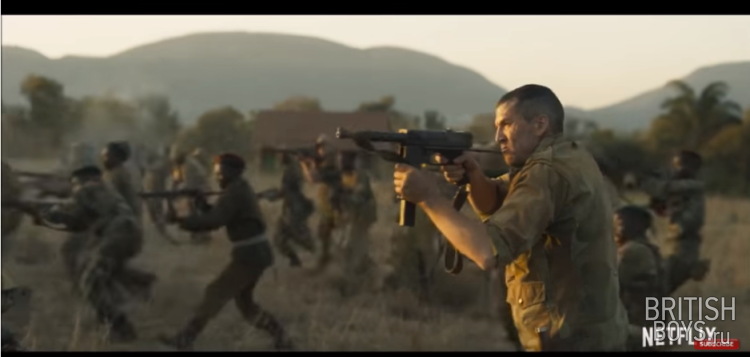 How did it happen?
How did it happen?
I graduated from art school. She signed up there. But I never had the idea of becoming a professional artist. Just pleasure, interest - to learn new things, to learn. When I came to work in additional education, it turned out that my knowledge was in demand, I could teach a lot. Children like it - we fit in everywhere with them, go to framing workshops, to exhibitions. Sometimes we accidentally meet artists. We draw on the street. For children, this becomes a real discovery, the world is changing for them.
When you learn new knowledge, do you think first of all about the pleasure that you will get, or about how it will be useful to you in your work?
First of all, I just get interested, catchy. Projects that bring work and income pop up in this bundle themselves. I get high from some business, from new information, and then people appear who are ready to pay me for it. Great! I don't mind at all. That's how it's always been for me, maybe I'm lucky.
Do your relatives suffer from a lack of your attention?
There are certain difficulties with this. But I always share lessons with the child - not all, those that require special control. We're trying to get somewhere together. She is interested in the same things as me. She always supports me in my studies. She loves to draw very much. We go to a dog shelter together, we take puppies, we go for a walk. We recently went to a doll show. Somehow sculpted from clay. We walk together - in all sorts of unusual places, and not just in the yard.
How do you manage everything: intuitively or thanks to time management?
I believe in time management. I have everything calculated, the day is filled from and to. Sometimes fifteen minutes of deviation can throw off my entire schedule. Previously, I specifically studied time management in order to understand how it works. But now I'm moving to another system. One hundred percent employment of the day takes a lot of energy.